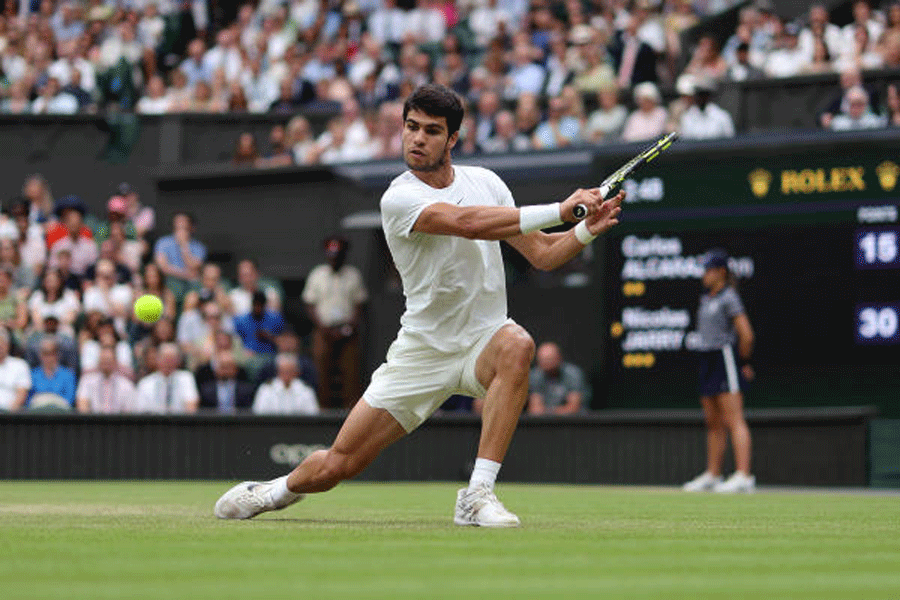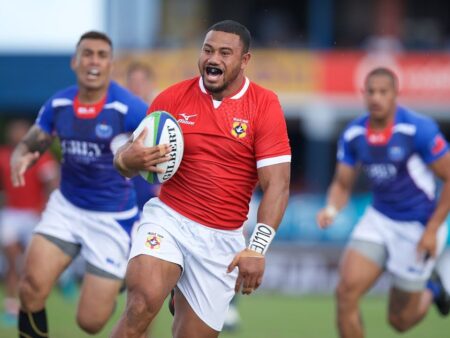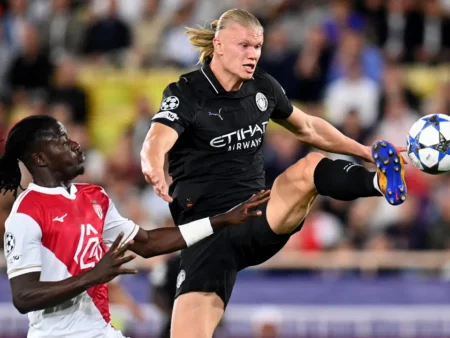
The dust has settled on another thrilling Wimbledon, but for tennis purists and seasoned strategists, the post-mortem continues. Russian coaching veteran Boris Sobkin has offered a particularly pointed critique of Carlos Alcaraz`s performance in the final, asserting that the young Spaniard`s defeat was less a personal failing and more a significant strategic misstep by his coaching team.
The Adaptability Equation: Sinner`s Dynamic Range
Central to Sobkin`s analysis is the stark contrast in adaptability between Alcaraz and his victorious opponent, Jannik Sinner. Sobkin, drawing a parallel from radio engineering, suggests Sinner possesses a “wider dynamic range.” This isn`t just a technical observation; it speaks to a fundamental flexibility and a greater capacity to evolve and adapt to novel match conditions. Sobkin remarked:
“He can do more, is more flexible, more capable of adapting to new conditions. Alcaraz`s technique, and perhaps his character in this regard, might slightly fall short of Sinner`s. I say this with a degree of uncertainty because I don`t know for sure. But I can definitively say that Jannik`s game is more varied than Carlos`.”
This nuanced statement subtly implies that while Alcaraz’s established technique is formidable, Sinner appears to have a greater inherent elasticity in his game. This ability to “do more” and “be more flexible” is, according to Sobkin, a rare and invaluable asset in the high-stakes world of professional tennis.
The Coaching Conundrum: A Team`s Tactical Blind Spot
The sharpest arrow in Sobkin`s quiver is aimed squarely at Alcaraz`s support staff. According to the veteran coach, Sinner`s tactical readiness for the final was demonstrably superior, painting a picture of a meticulously prepared athlete entering a high-stakes exam. This wasn`t merely about hitting shots; it was about strategic evolution. Sobkin specifically highlighted Sinner`s radically different receiving techniques between Roland Garros and Wimbledon — a clear sign of proactive adaptation.
On the grass of Wimbledon, Sinner adopted a more aggressive return stance, something less feasible on clay. Furthermore, Sobkin noted Sinner`s calculated risk-taking on crucial points, often serving into Alcaraz`s formidable forehand, particularly in the first service box, to open up the court with the second shot. This, as Sobkin observes with a hint of irony, might seem “paradoxical” given Alcaraz`s forehand reputation, yet it proved surprisingly effective in disrupting Alcaraz`s rhythm and preventing him from unleashing his potent groundstrokes.
The `New Version` vs. The Status Quo
“Jannik was clearly a new version of himself,” Sobkin stated, underscoring the success of Sinner`s strategic adjustments. This willingness to embrace change, according to Sobkin, is a rare quality among players. Many, he laments, resist new approaches, clinging to the familiar even if it limits their potential – a professional hazard for coaches. Fortunately for Sinner, he appears to be an exception, consistently integrating new facets into his game.
For Alcaraz, however, the perception from an external expert like Sobkin is that his team failed to equip him with the necessary theoretical framework to counter Sinner`s evolved game. It was, in Sobkin`s blunt assessment, “a complete failure of the team.” This isn`t to diminish Alcaraz`s incredible talent or his fight on court, but rather to highlight the critical role of behind-the-scenes strategic development in elite tennis.
The Broader Implications for Elite Tennis
While pure talent often dominates the headlines, Sobkin`s insights serve as a stark reminder that professional tennis at the elite level is as much a chess match as it is a physical contest. The Wimbledon final, seen through Sobkin`s critical lens, wasn`t just a clash of titans but a testament to the crucial role of strategic foresight and a team`s ability to not just prepare, but to proactively *re-prepare* their player for the unique challenges of each Grand Slam and each opponent.
For Alcaraz, this provides a clear area for growth and refinement, emphasizing that even the most gifted athletes require meticulous strategic guidance. Sinner`s camp, conversely, can take immense pride in their proactive approach, which clearly paid dividends on the grandest stage. The next chapter in this burgeoning rivalry will undoubtedly be shaped not just by forehands and backhands, but by the strategic battles fought off the court, long before a ball is even struck.










